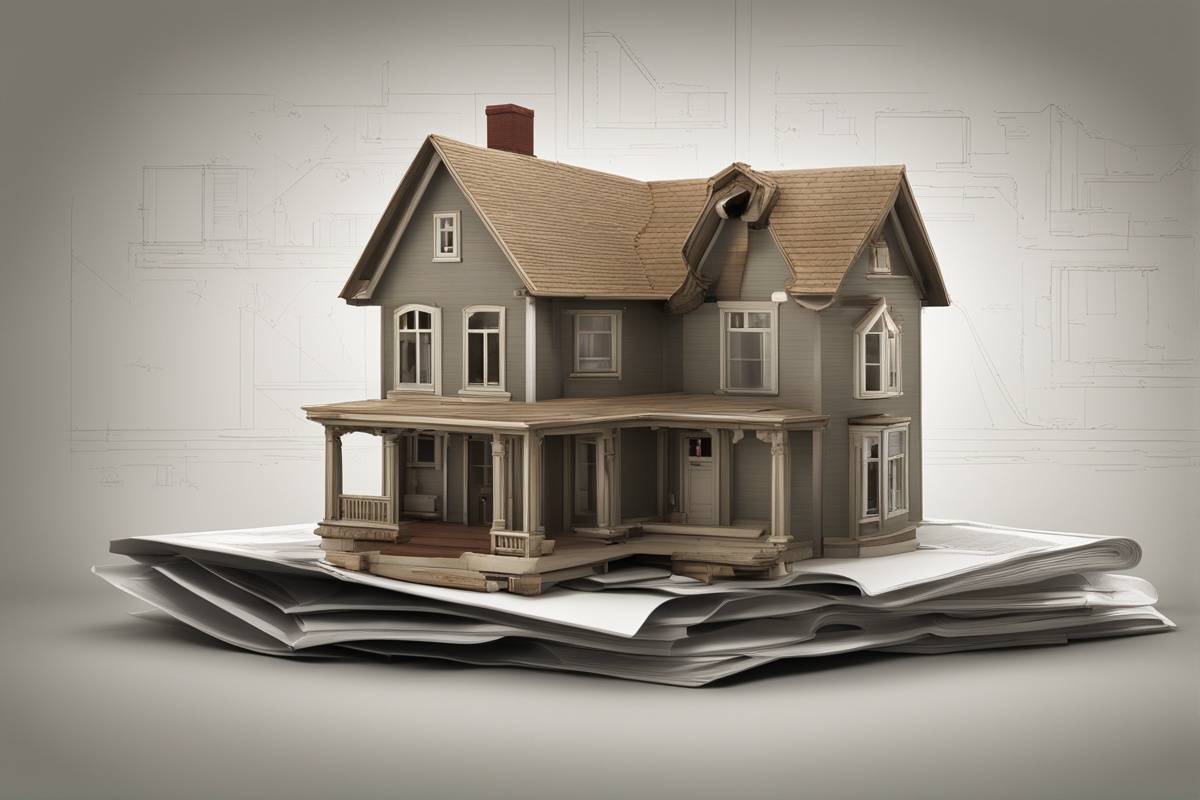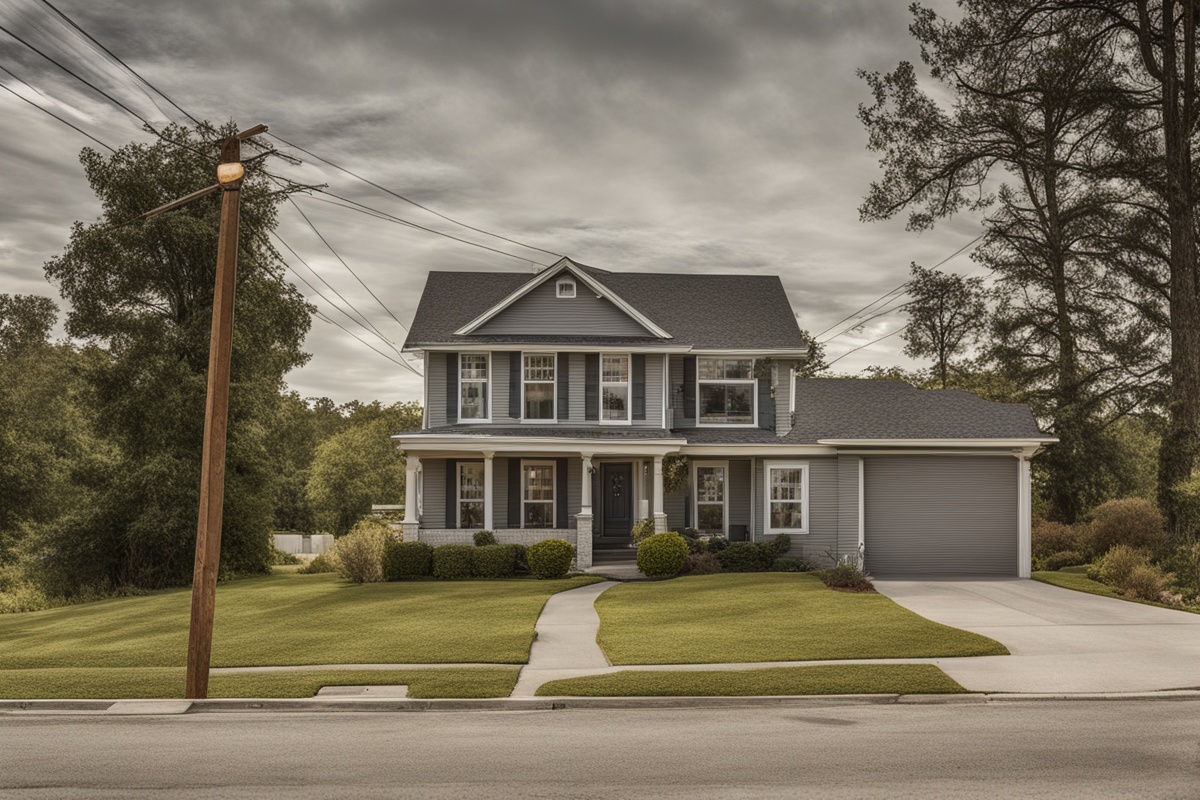Owning a home is a rewarding experience, but it comes with its fair share of challenges. From unexpected repairs to financial burdens and natural disasters, homeowners often face situations that require recovery and resilience. If you’re looking for actionable advice to navigate these challenges, you’re in the right place. This guide provides practical tips for homeowner recovery, helping you rebuild, restore, and regain control of your home and peace of mind.
Assess the Damage and Prioritize Needs
Whether you’re recovering from a natural disaster like a flood or dealing with the aftermath of a major home repair gone wrong, the first step in homeowner recovery is to assess the damage. Walk through your property with a critical eye, documenting everything with photos or videos. This documentation will be invaluable when filing insurance claims or seeking assistance. Focus on identifying immediate safety hazards, such as exposed wiring, water damage, or structural issues.
Once you’ve assessed the damage, prioritize your needs. Address critical repairs first—think roof leaks or broken windows—before moving on to cosmetic fixes. Creating a detailed list of damages and categorizing them by urgency can help you stay organized. For more in-depth guidance on assessing property damage, check out our Home Damage Assessment Checklist.
Navigate Insurance Claims Effectively
Insurance can be a lifeline during homeowner recovery, but navigating the claims process can be daunting. Start by reviewing your policy to understand what is covered. Contact your insurance provider as soon as possible to report the damage and initiate a claim. Be prepared to provide detailed documentation, including photos, receipts, and any repair estimates.
Keep a record of all communication with your insurance company, and don’t hesitate to ask questions if something isn’t clear. If you’re struggling with a denied claim or a low payout, consider hiring a public adjuster to advocate on your behalf. For additional tips on dealing with insurance after a disaster, explore our Guide to Insurance Claims After a Disaster.
Secure Financial Assistance and Budget for Recovery
Recovery often comes with a hefty price tag, and not all damages are covered by insurance. If you’re facing financial strain, look into government assistance programs, grants, or low-interest loans designed for homeowners recovering from disasters. For instance, the Federal Emergency Management Agency (FEMA) offers aid to eligible homeowners in declared disaster areas.
Additionally, create a recovery budget to manage expenses. Cut non-essential costs temporarily and allocate funds to critical repairs. If you’re unsure where to start, consider reading our Budgeting for Home Repairs Guide for practical budgeting strategies. Crowdfunding platforms or local community organizations can also provide support if you’re in dire need.
Find Reliable Contractors for Repairs
Once you’ve secured funding and a plan, the next step in homeowner recovery is finding trustworthy contractors to handle repairs. Avoid rushing into agreements with the first contractor you meet, as scams are common during recovery periods. Research potential contractors thoroughly—check reviews, ask for references, and verify their licensing and insurance.
Always get multiple quotes and written contracts that outline the scope of work, timeline, and payment terms. Be wary of contractors who demand full payment upfront. Taking the time to vet professionals can save you from costly mistakes. For more advice on hiring help, see our How to Hire Reliable Contractors post.
Focus on Mental and Emotional Recovery
Homeowner recovery isn’t just about fixing physical damage; it’s also about addressing the emotional toll. Losing personal belongings or dealing with the stress of displacement can be overwhelming. Give yourself permission to process these feelings, and don’t hesitate to seek support from friends, family, or a professional counselor if needed.
Joining local support groups or online communities can also provide a sense of camaraderie and shared experience. Remember to take breaks during the recovery process to avoid burnout. Small steps, like reclaiming a single room or organizing a space, can boost your morale. For more on managing stress during recovery, read our Coping with Home Disaster Stress article.
Prevent Future Issues with Proactive Measures
After recovering from a setback, take steps to prevent future issues. Conduct regular home maintenance checks to catch small problems before they escalate. Invest in protective measures, such as storm shutters, flood barriers, or updated electrical systems, depending on the risks in your area. Creating an emergency preparedness plan for your family can also mitigate the impact of future disasters.
Consider upgrading your insurance policy to cover additional risks if gaps were revealed during your recovery. Staying proactive can save you time, money, and stress down the line. By implementing these practical tips for homeowner recovery, you’ll not only rebuild your home but also build resilience for the future.
Disclaimer: The information provided in this guide is for general informational purposes only and should not be considered professional, legal, or financial advice. Always consult with qualified professionals, such as contractors, insurance agents, or counselors, for personalized guidance tailored to your specific situation. The author and publisher are not responsible for any actions taken based on the content of this article.
References
- Federal Emergency Management Agency (FEMA) – Individual Assistance
- Insurance Information Institute – Preparing an Insurance Claim
- Federal Trade Commission (FTC) – Hiring a Contractor
- American Red Cross – Disaster Relief and Recovery Services
- American Psychological Association (APA) – Recovery After Disasters
This content is for informational purposes only and not a substitute for professional advice.





